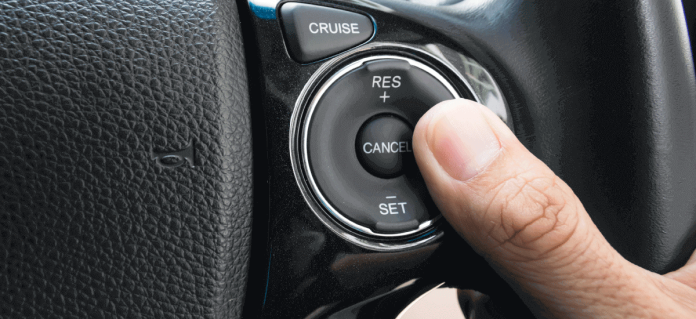The influx of new car releases equipped with ADAS (Advanced Driver Assistance Systems) has ushered in the adoption of adaptive cruise control (ACC) in many vehicles. While conventional cruise control is not a novel feature, adaptive cruise control is relatively recent in the Indian automotive market. Here’s a comprehensive overview of this technology.
Understanding Cruise Control: Cruise control is a functionality that enables drivers to set a specific speed for their vehicle, allowing them to ‘cruise’ without the need to manipulate the throttle or accelerator constantly. This system introduces a degree of automation to maintaining a consistent speed while driving.
Exploring Adaptive Cruise Control: Adaptive cruise control represents a progression in this technology, offering additional modernization. Typically integrated into cars equipped with ADAS, adaptive cruise control adjusts the vehicle’s speed based on the surrounding traffic conditions. If the vehicle ahead is traveling at a slower speed, the adaptive cruise control system maintains a safe distance and adjusts the speed of the car accordingly. An added advantage is the automatic braking feature, which slows down or halts the vehicle without requiring driver intervention until prompted by the system.
Functionality of Cruise Control and Adaptive Cruise Control: Both cruise control and adaptive cruise control utilize an actuator to regulate throttle input and uphold a pre-set speed. However, adaptive cruise control incorporates braking capabilities through ADAS. Essentially, it mimics the driving behavior of humans by accelerating, braking, and coasting, thereby enhancing driving comfort and safety.
Utilizing Cruise Control: Activation of cruise control typically involves buttons located on the steering wheel or stalks behind it. Some vehicles may feature an activation button on the dashboard. Once activated, drivers can adjust the desired speed using the designated buttons and maintain focus on steering and braking inputs, as the vehicle accelerates autonomously.
Optimal Usage Scenarios: Cruise control is most suitable for use on dual-carriage highways, promoting safety and convenience. With adaptive cruise control, its applicability extends to urban traffic scenarios, effectively transforming vehicles into semi-autonomous entities equipped with ADAS. However, highway driving remains the preferred setting, alleviating the need for constant throttle input.
Cruise Control Adoption in India: Previously confined to high-end vehicles, cruise control is now available in cars priced below Rs. 10 lakhs, such as the Hyundai Nios and Tata Punch. Moreover, this feature is not limited to top-tier variants but has permeated lower mid-tier trims as well.

